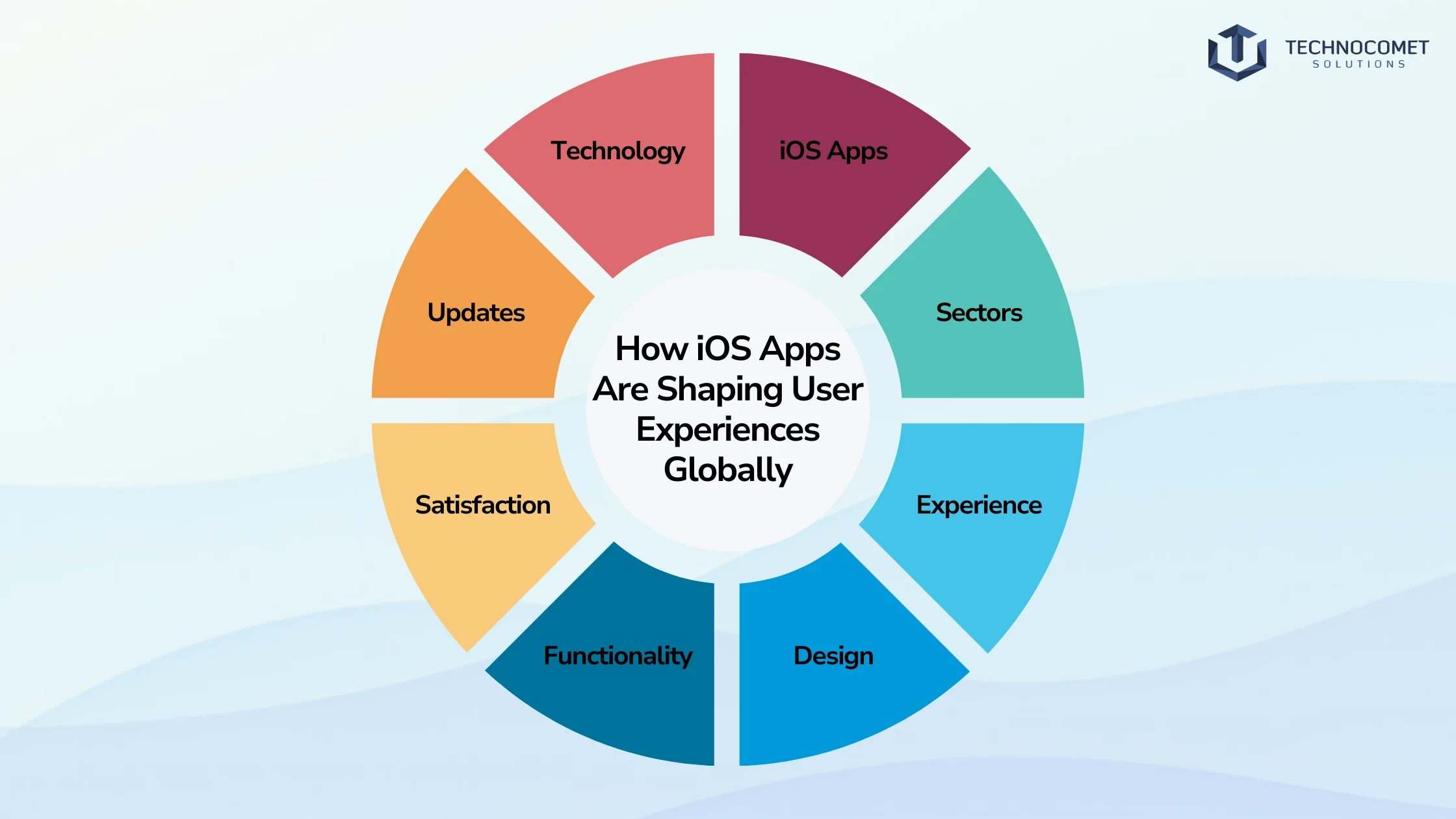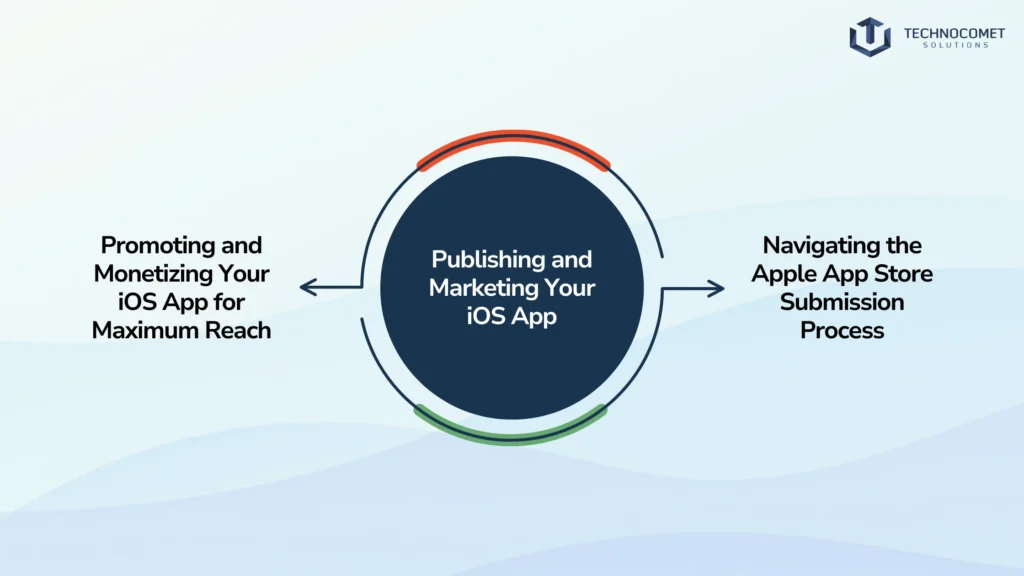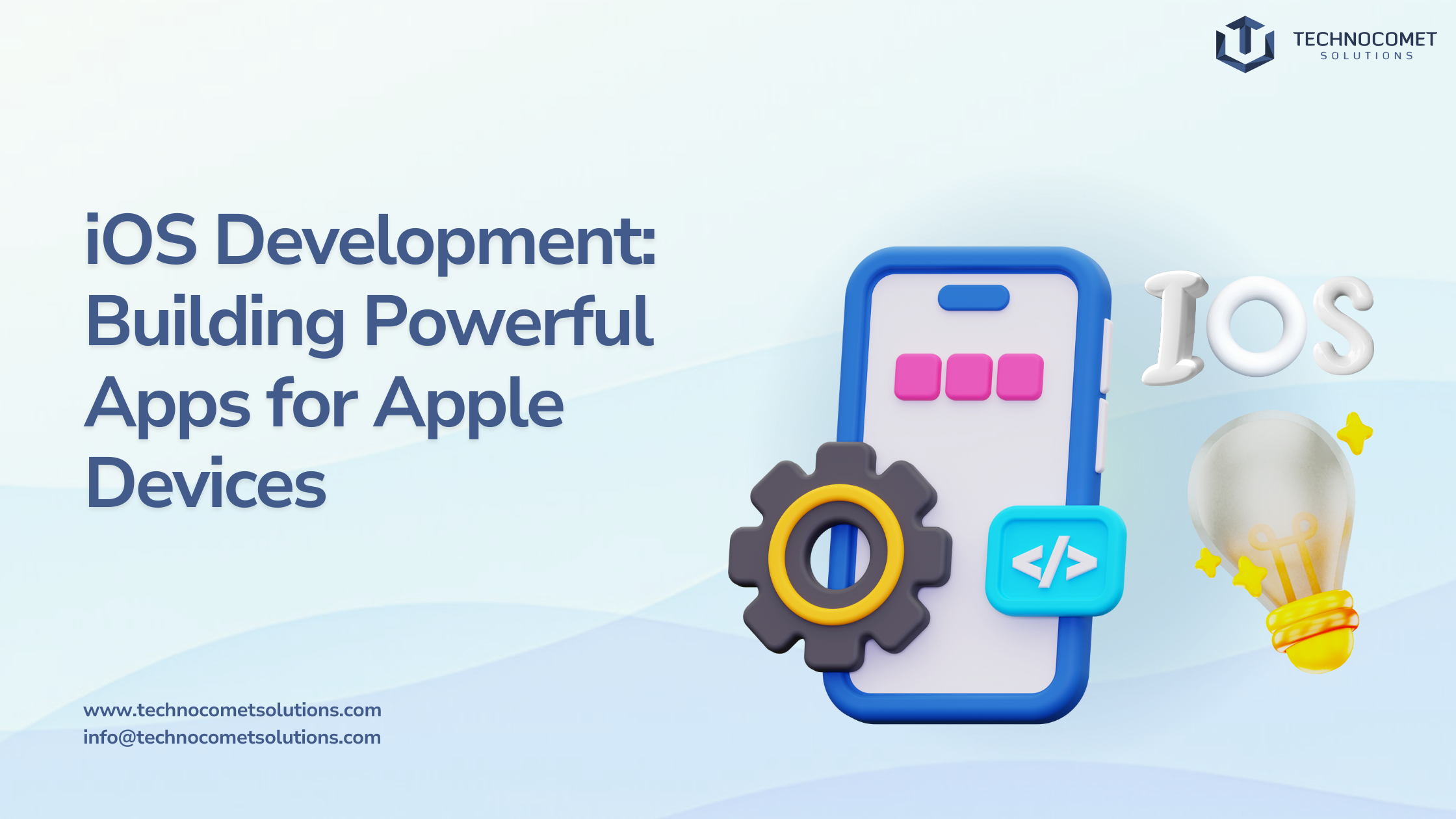iOS apps have become essential in various sectors, including education, healthcare, and entertainment. They provide seamless experiences that engage users and enhance productivity. The intuitive design and functionality of iOS apps ensure that users can easily navigate and utilize them, leading to higher satisfaction rates. Additionally, the consistent updates and improved features in iOS development make sure that users always have access to the latest technology. As a result, users increasingly rely on these apps for both personal and professional tasks.
Developing for Apple devices opens doors to a lucrative market. With over 1.5 billion active devices globally, developers can reach a vast audience. Furthermore, Apple’s commitment to privacy and security attracts users who prioritize these values, making iOS an appealing platform for developers. The ecosystem also supports monetization through in-app purchases and subscriptions, providing multiple revenue streams. This financial potential motivates many developers to focus their efforts on iOS development specifically.
Setting up Xcode is straightforward. Download it from the Mac App Store, install it, and familiarize yourself with its features. Swift is the programming language used for most modern iOS development due to its simplicity and efficiency. Starting with basic tutorials can help you grasp essential concepts before diving into more complex projects. This initial investment in learning will pay off as you tackle more ambitious app ideas.
Core APIs are fundamental to creating efficient iOS applications. They allow developers to access device capabilities like cameras, GPS, and sensors seamlessly. Utilizing these APIs enhances app performance by ensuring that they run smoothly on various devices. By mastering these APIs, developers can create more engaging experiences that leverage the full potential of Apple hardware.
SwiftUI revolutionizes how developers create interfaces by allowing them to build user interfaces declaratively. This means you can specify what your UI should look like without worrying about how it gets there. SwiftUI’s integration with Xcode makes it easier to visualize changes in real time, enhancing the development experience. As you become proficient in SwiftUI, you will find that creating interactive interfaces becomes both faster and more enjoyable.
Designing an intuitive UI is vital for user engagement. Following Apple’s Human Interface Guidelines ensures that your app feels familiar to users while providing a unique experience. Focus on simplicity, clarity, and responsiveness to create an engaging user experience. Additionally, gathering user feedback during development can provide valuable insights that further refine your design choices.
Accessibility is a key aspect of modern app design. Implementing features like VoiceOver support and adjustable text sizes ensures that your app is usable by everyone, including those with disabilities. This not only broadens your audience but also aligns with Apple’s commitment to inclusivity. By prioritizing accessibility from the start, you contribute to a more equitable digital landscape.
The integration of augmented reality (AR) and machine learning (ML) into iOS apps opens up exciting possibilities. Using frameworks like ARKit allows developers to create immersive experiences that blend digital content with the real world. Similarly, Core ML enables developers to incorporate machine learning models easily, enhancing app functionality. These technologies are not only innovative but also increasingly expected by users looking for cutting-edge experiences.
Understanding how to implement push notifications keeps users engaged with your app by delivering timely updates or reminders. In-app purchases offer a way to monetize your app effectively while providing users with additional value. Background tasks are essential for maintaining performance without disrupting the user experience. Mastering these features will set your app apart in a crowded marketplace where user retention is key.
Testing is crucial in ensuring your app functions as intended before launch. Utilize Xcode’s built-in testing tools to automate unit tests and UI tests effectively. Continuous testing helps identify bugs early in the development process. By establishing a robust testing routine, you can significantly reduce post-launch issues that could harm user satisfaction.
Implementing continuous integration (CI) allows you to automate testing and deployment processes, ensuring that updates are rolled out smoothly without disrupting user experience. This practice not only saves time but also enhances overall app quality. Staying current with CI practices will enable you to respond quickly to user feedback or emerging trends in the market.
Submitting your app to the App Store involves several steps, including creating an app listing and adhering to Apple’s guidelines. Familiarizing yourself with this process ensures that your app meets all requirements for approval. Understanding common pitfalls during submission can save you valuable time and effort as you prepare your app for launch.
Once your app is live on the App Store, effective marketing strategies are essential for visibility. Utilize social media platforms, influencer partnerships, and targeted ads to reach potential users. Explore various monetization strategies, such as freemium models or subscription services, to maximize revenue. A well-rounded marketing plan will help sustain your app’s growth long after its initial release.
As technology evolves, so does iOS development. The integration of 5G technology promises faster data transfer speeds, enhancing user experiences in real-time applications like gaming or streaming. Additionally, Apple’s focus on privacy will continue shaping how developers approach data handling within their apps. Keeping an eye on these trends will ensure that your skills remain relevant in a rapidly changing landscape.
Looking ahead, we can expect more innovations in AI-driven features within apps as well as further enhancements in AR capabilities. The growing demand for cross-platform compatibility will also influence future developments in the iOS ecosystem. Staying adaptable will be key as new technologies emerge that could redefine how we think about mobile applications.
In conclusion, iOS development plays a pivotal role in shaping today’s app ecosystem by providing unique opportunities for developers while enhancing user experiences globally. With robust tools like Xcode and innovative frameworks such as SwiftUI at their disposal, developers can create powerful applications that meet diverse user needs. As technology continues to evolve, staying informed about emerging trends will be crucial for success in this dynamic field of iOS development. By embracing best practices in design, testing, publishing strategies, and understanding future trends, aspiring developers can carve out successful careers within this vibrant ecosystem of iOS development—a space filled with endless possibilities waiting to be explored!









